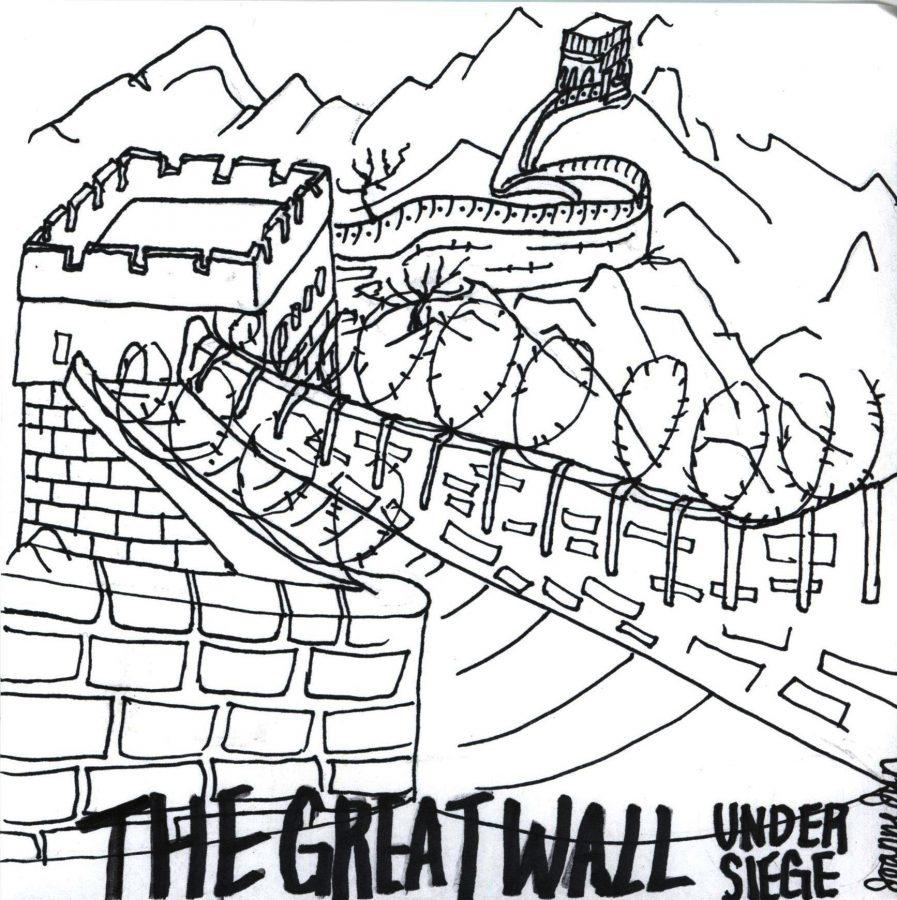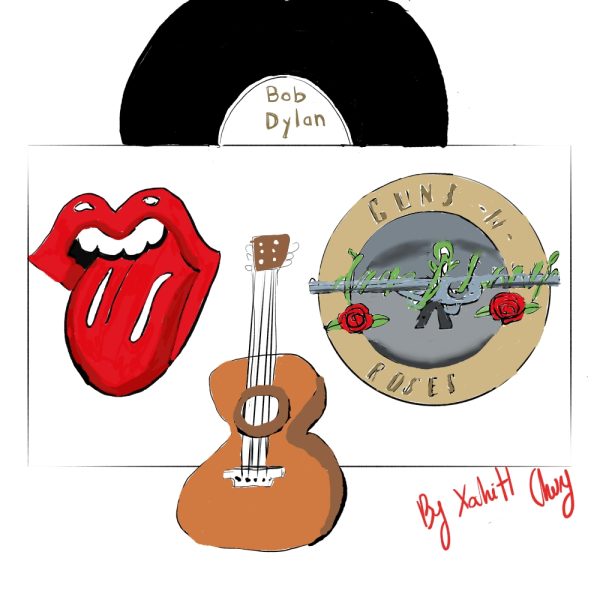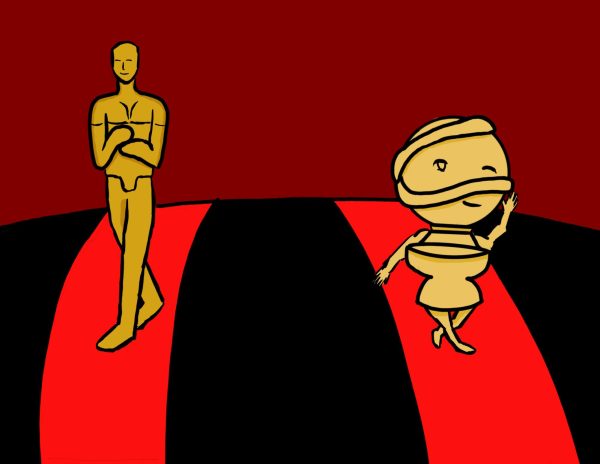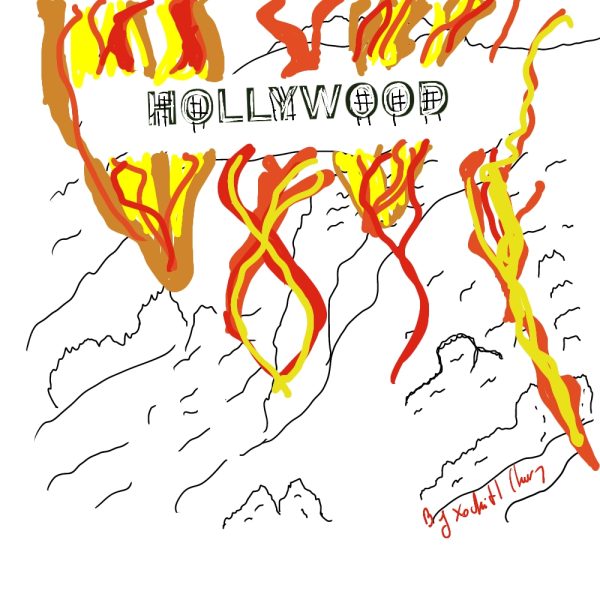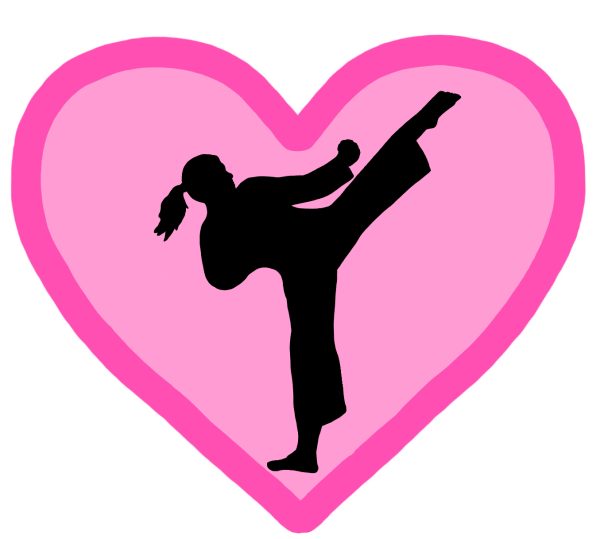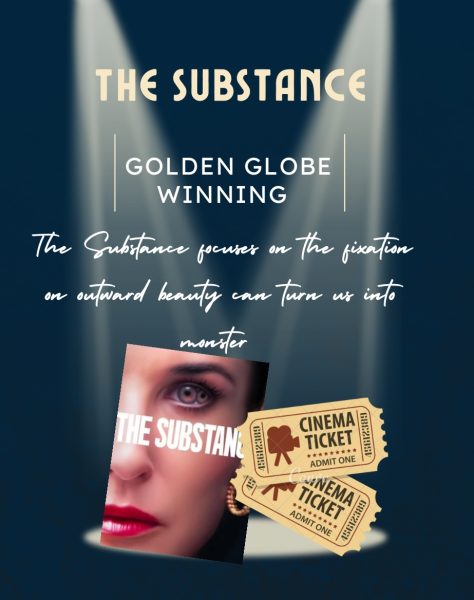In defense of ‘The Great Wall’
The fact that racism continues to thrive in the entertainment industry is undeniable. Whitewashing, the casting of a white actor in a role that was intended to be played by a person of color, has been occurring for decades in movies. Many who are actively pushing for change are beginning to focus on a new film: “The Great Wall”, out Feb. 17. Its story has a typical action/fantasy structure: the real purpose for the construction of the Great Wall of China was to fend off a mythical creature that the Chinese army must now defeat to remain safe. However, there seems to be one issue: the Chinese army is led by Matt Damon.
On the surface, this appears to be problematic clearly enough for anyone to see; why is a white man in the leading role of a story that obviously should be entirely Chinese?
“The Great Wall” is a co-production between American and Chinese companies, the first film collaboration between the two countries. As such, it was necessary to ensure that the film could effectively be marketed in both cultures. Matt Damon’s character is a white man, and he was casted due to his recognition in the Western film industry. The vast majority of the rest of the cast is Chinese, as is the entirety of the main creative team behind it. The Chinese culture and history is respected, not pandered. This film is a collaborative effort by American and Chinese filmmakers to take a first step toward a more respectful, equal entertainment industry.
Whitewashing has affected Asian actors often lately, so I encourage any who thought “The Great Wall” was problematic to shift their attention to present examples, such as the cast of ‘Ghost in the Shell”, based on the manga of the same name, being led by Scarlett Johansson instead of a Japanese actress.
Desire to speak out against racism in entertainment is incredibly important, as art plays a large role in influencing the public’s ideas and perceptions. But no progress is made when our energy is spent incorrectly. Let “The Great Wall” be.



